Home » Posts tagged 'Baltic herring'
Tag Archives: Baltic herring
Spontaneously Generating Fish
In a previous blogpost I discussed how the Swiss scholar Conrad Gessner (1516-1565) describes two strange species of fish, which generate spontaneously. Previously I identified these species as the sprat and the Baltic herring. In this blogpost I explore the background of Gessner’s assumptions about the spontaneous generation of fish.
The Reproduction of Fish
In his 1558 book on fish Historia Piscium Conrad Gessner describes the membras, which I identified as the Baltic herring in my last blog post:
‘Aristotle writes that the membras comes from the aphya phalerica.’
This is confirmed in his description of the aphya phalerica, which was identified as the sprat:
‘The aphya phalerica is mentioned by Aristotle, and it is confirmed the membras comes from this. I believe that the aphya phalerica generates spontaneously’
This tells us that the author believes these fishes to generate spontaneously, which seems somewhat surprising. The study of fish was a booming topic in Gessner’s day, from around 1550 renowned scholars produced one publication on fish after the other. All of these experts agreed that fish reproduce sexually. In fact, Gessner described this reproduction process in detail. He makes an exception however, for these two as well as a handful of other species. Why does he do this?
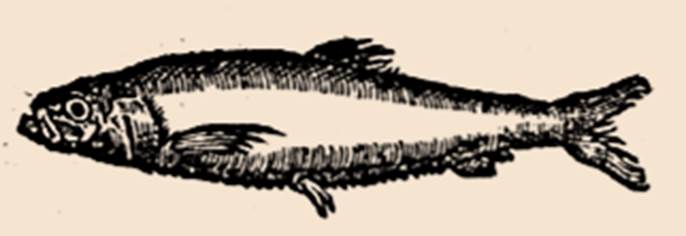
Fig. 1 Gessner’s sprat, or aphya phalerica. Historia Piscium. Zurich, Froschauer, 1558.
Spontaneous Generation
A belief in spontaneous generation, the coming into existence of living beings not from parents but through some other means, originates in the classical era and was still widely accepted within the scholarly community in the sixteenth century. Small creatures, such as for example insects, were thought to generate spontaneously. Some base material was needed for this, often dirt, mud, or decaying matter. From this material a living creature would form spontaneously. As Gessner indicates in his descriptions, we can trace such ideas back to Aristotle’s History of Animals. Aristotle combined information obtained from a variety of sources, resulting in an overview of ideas commonly accepted in the classical era. One such idea was spontaneous generation. While, like Gessner, Aristotle acknowledges that most fish reproduce sexually, he believed that some were the result of spontaneous generation.
Discussing fish, in book VI, part 15, of his History of Animals, Aristotle states:
“Such fish as are neither oviparous nor viviparous arise all from one of two sources, from mud, or from sand and from decayed matter that rises thence as scum”

Fig. 2 Spontaneous generation. Clipart Library
Empirical Evidence?
Aristotle’s ideas were absorbed into Mediaeval, and later into Renaissance science. The idea that animals sometimes generated spontaneously remained more or less unchallenged, and often even seemed to be confirmed by experience. For example, a century after Gessner published his work, the Dutch artist Johannes Goedaert (1617-1668) left out a cup of his own urine and watched it over a period of time. Eventually flies emerged from the cup and, not having noticed the fly that must have laid its eggs near this rich source of nutrients, he took this to prove spontaneous generation. Goedaert would later change his mind but for a while found this experiment quite convincing. Similarly, a little before Goedaert conducted his experiment, Jan Baptist van Helmont (1580-1644) felt confident to provide the following recipe for mice: Place a dirty shirt or some rags in an open pot or barrel containing a few grains of wheat or some wheat bran, and in 21 days, mice will appear.
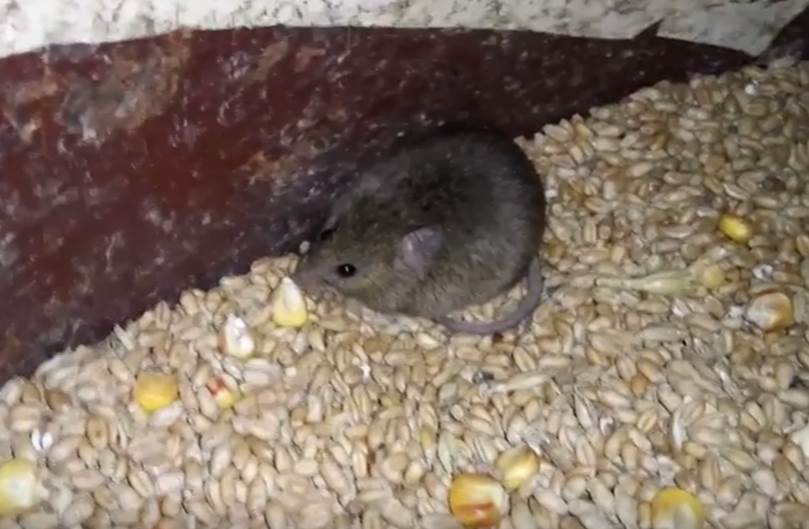
Fig. 3 Where there is grain, there are mice. A Video (17/ 6/ 2016), Little mouse in barrel with wheat. Retrieved from youtube.com.
This illustrates perfectly why the concept of spontaneous generation proved so durable, our own observations often seem to confirm it. We can conclude from Aristotle’s History of Animals that the same sort of confusing experience appeared to confirm the concept in antiquity. Aristotle backs up his claim that certain fish can generate spontaneously by citing observations that others have shared with him.
“As a proof that these fish occasionally come out of the ground we have the fact that in cold weather they are not caught, and that they are caught in warm weather, obviously coming up out of the ground to catch the heat; also when the fishermen use dredges and the ground is craped up fairly often, the fishes appear in larger numbers.”
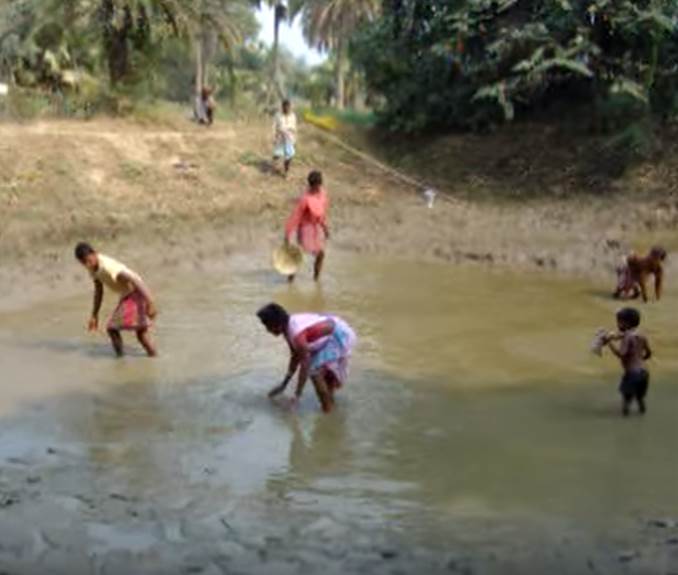
Fig. 3. Fishing in the mud. Tim Bunn (22/5/2008), Mud Fishing in India. Retrieved from youtube.com.
A Chain of Fishes
Aristotle imagined the spontaneous generation of such fish as a sort of chain. According to him, while very small fishes generate from foam that floats on the sea, larger fishes generate from the remains of the deceased smaller fish. A list is provided.
“From the aphya phalerica comes the membras, from the membras the trichis,[and] from the trichis the trichias.”
When the aphya phalerica dies, the membras generates from its decaying matter, when the membras dies the trichis generates from its remains, followed in due course by the trichias. As we can see, Gessner’s membras and aphya phalerica are mentioned here. This also explains why Gessner describes the former as springing from the latter. The aphya phalerica is the first stage in this chain of spontaneously generating fishes.
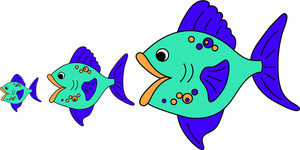
Fig. 4 A chain of fishes. Source: Clipartkid
In the Footsteps of Aristotle
In Gessner’s day, Aristotle, as the founding father of natural history, was considered a much esteemed source of information. For this reason, Gessner and his contemporaries heavily relied on the information provided by him. Is this then a full explanation why Gessner believes these two fishes to generate spontaneously? It seems that Gessner was familiar with current catch records and market prices of the sprat, suggesting he had an informant who may have observed these species first hand. Surely someone like this, well-informed and possibly in possession of first-hand information, would know that the sprat springs from sexual generation as all other fishes do?
According to Aristotle this does not matter. He writes:
“the great majority of fish then, as has been stated, proceed from eggs. However, there are some fish that proceed from mud and sand, even of those kinds that proceed also from the pairing and the egg.”
Consequently, just because you have observed that a species sometimes comes from sexual generation, this does not mean they cannot also come from spontaneous generation. It really is quite hard to argue with that.
To Be Continued…
Is this all that is to be said on the aphya phalerica and the membras? Not quite. Closer inspection reveals that Gessner and Aristotle are not describing the same species. Where to Gessner an aphya phalerica is a sprat and a membras is a Baltic herring, to Aristotle the aphya phalerica was the anchovies and the membras something undefined, a large anchovies or another small fish. In a future blogpost we will explore this linguistic confusion.
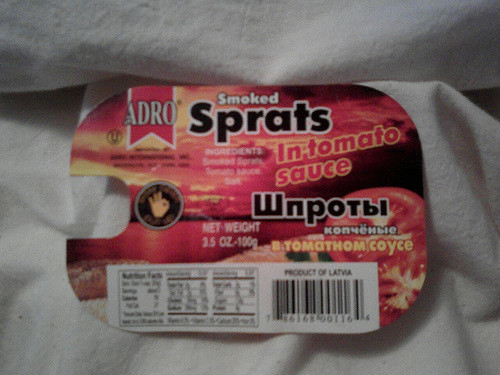
Fig. 5 Sprats in tomato sauce. Source: Irina Slutsky
Further reading:
Aristotle, History of Animals.
Conrad Gessner, Historia Piscium. Zürich, Froschauer, 1558.
Sophia Hendrikx, Identification of herring species in Conrad Gessner’s ichthyological works, a case study on taxonomy, nomenclature, and animal depiction in the sixteenth century. In: Paul J. Smith and Karl A.E. Enenkel (Eds.), Zoology in Early Modern Culture. Intersections of Science, Theology, Philology and Political and Religious Education. Leiden, Brill, 2014.
This post also appeared on the Leiden Arts in Society Blog.
© Sophia Hendrikx and Fishtories, 2017. Unauthorised use and/or duplication of this material without express and written permission from this site’s author and/or owner is strictly prohibited. Excerpts and links may be used, provided that full and clear credit is given to Sophia Hendrikx and Fishtories with appropriate and specific direction to the original content.

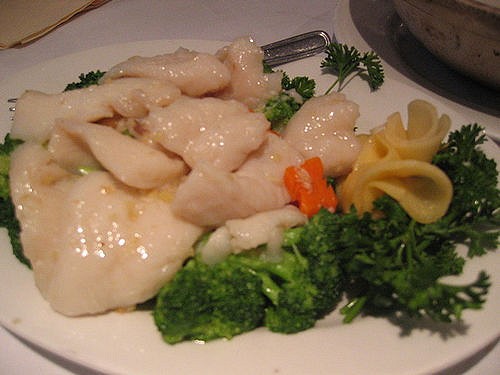
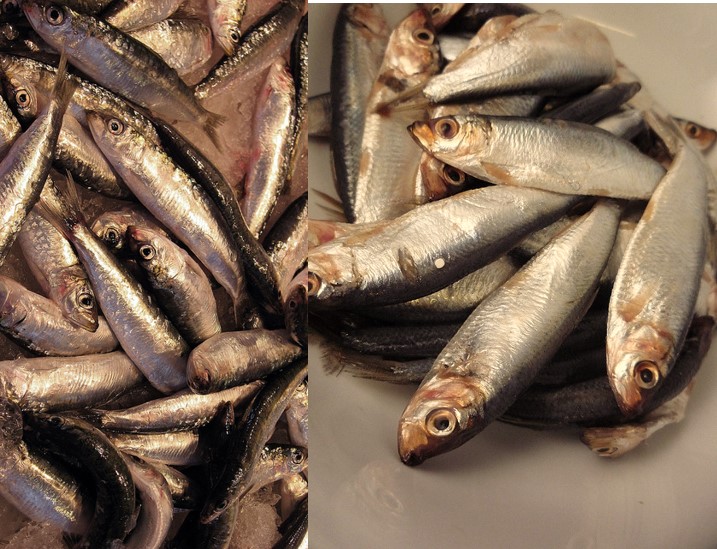

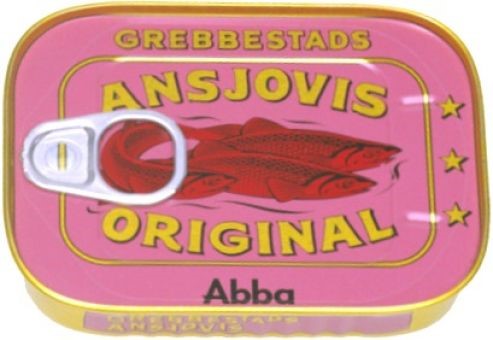
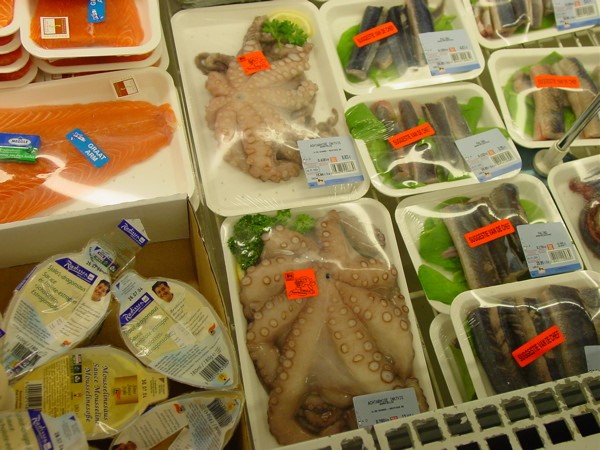


 Sprat?
Sprat?